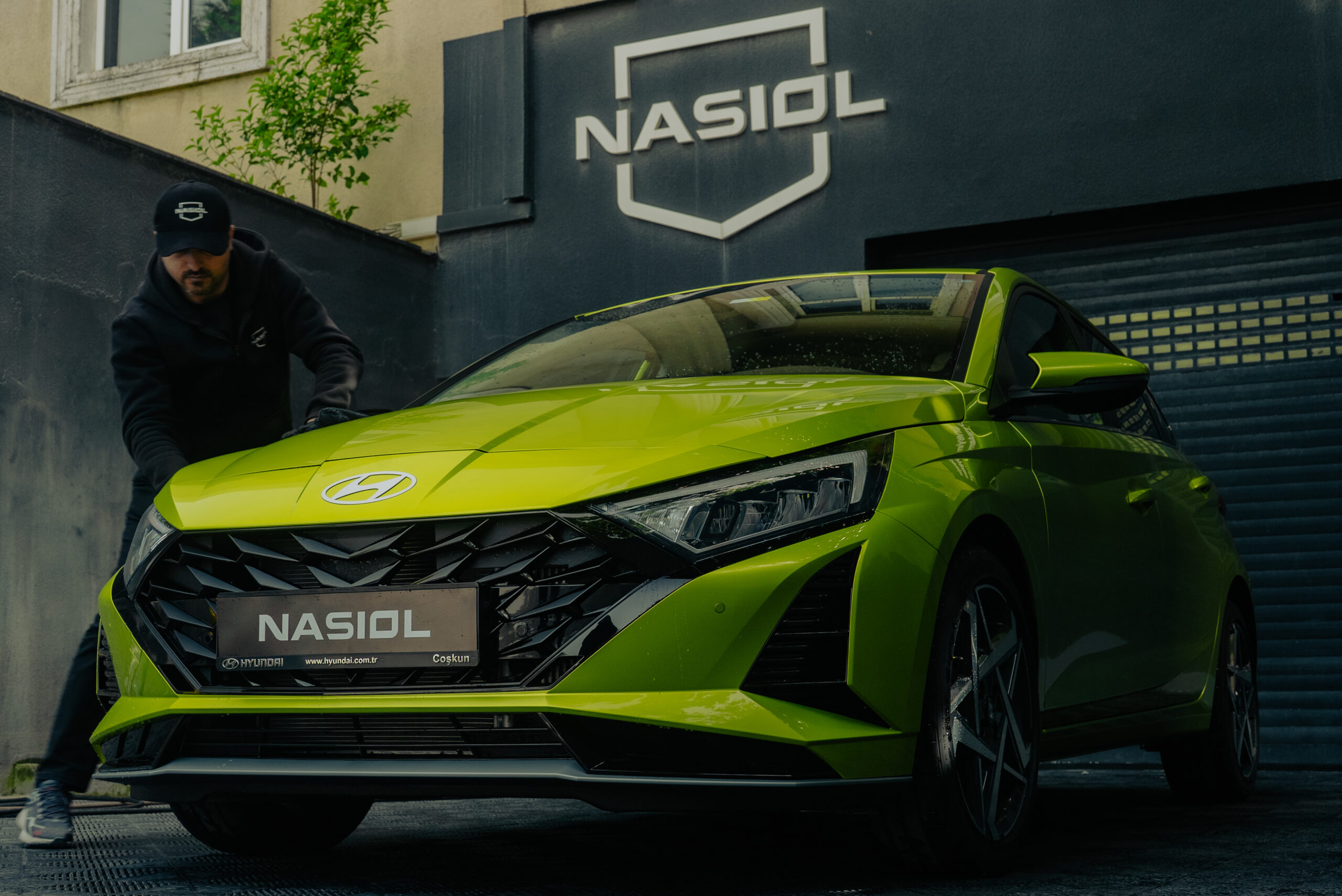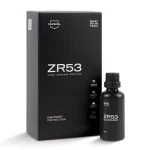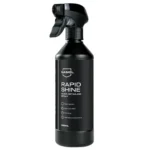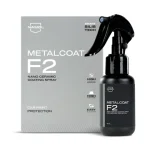Ceramic coatings have become the gold standard in car care. They provide a robust, long-lasting protective layer that keeps your vehicle looking pristine while safeguarding it from contaminants, UV rays, and minor scratches. With Nasiol’s premium ceramic coatings, you can expect impressive gloss and durability, but maintaining this protective layer is essential to reap its full benefits. This guide will walk you through the necessary steps to keep your ceramic coating in top condition, ensuring it lasts as long as possible and maintains that showroom shine.
What is Ceramic Coating and Why Does Maintenance Matter?
Ceramic coatings create a chemical bond with your car’s paint, forming a protective barrier that repels water, dirt, and other contaminants. Nasiol offers high-quality options like ZR53 and NL272, known for their hydrophobic properties that promote water beading and discourage grime accumulation. While these coatings provide excellent protection against UV rays and chemical stains, they are not indestructible. Over time, exposure to harsh elements and improper washing techniques can wear down the coating’s effectiveness.
Regular maintenance is crucial for prolonging the life of your ceramic coating and ensuring that your car continues to look its best.
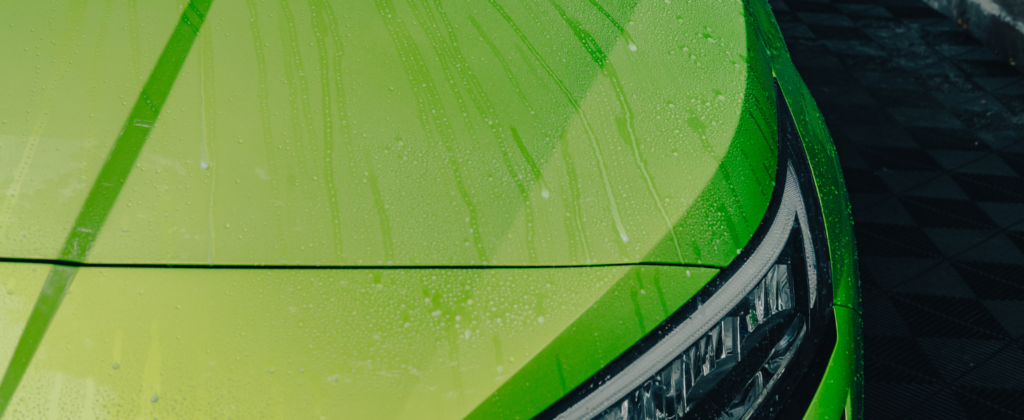
The Golden Rule: Obey the Initial Cure Period
The first few hours following the application of your ceramic coating are crucial for its success. Nasiol coatings require an initial curing period of 24 hours, during which the coating fully adheres to your vehicle’s surface. To ensure optimal results, adhere to the following guidelines:
- Avoid Exposure: During the curing period, it’s essential to keep your car away from water, moisture, and any potential contaminants. This includes rain, dew, and even dust or dirt.
- No Washing: Refrain from washing your vehicle with any detergent-based products until the curing process is complete. This helps prevent any disturbance to the coating as it bonds.
- Optimal Conditions: If possible, park your vehicle in a controlled environment, such as a garage, to protect it from external elements that could interfere with the curing process.
- Check for Full Cure: While the coating begins to cure within 24 hours, waiting the full 48 hours is recommended for maximum durability and resistance to abrasion and chemicals.
Step-by-Step Guide to Maintain Your Ceramic Coating
1. Proper Washing Techniques
To maintain the integrity of your Nasiol ceramic coating, employ safe washing methods. Avoid automatic car washes that use abrasive brushes and harsh chemicals, as these can degrade the coating over time. Instead, opt for the two-bucket method:
- Bucket One: Fill with clean, soapy water using a car shampoo, such as Nasiol’s Cleanion Pro, designed to be safe on ceramic coatings while effectively dissolving dirt and grime.
- Bucket Two: Fill with clean water for rinsing your wash mitt.
This method minimizes the risk of dragging dirt across the surface, which can lead to swirl marks or damage.
Key Tips:
- Wash your car every two weeks, or more frequently if it’s exposed to contaminants like bird droppings or road salt.
- Choose a shaded area or wash during cooler parts of the day to prevent water spots caused by rapid drying.
- Always use high-quality microfiber wash mitts and towels to avoid scratching the surface.
2. Drying Without Scratches
Proper drying is essential to prevent water spots and swirl marks on your vehicle’s surface. Here are some effective methods to ensure a scratch-free finish:
- Soft Microfiber Towels: Use high-quality microfiber towels specifically designed for automotive care. These towels are gentle on the paint, minimizing the risk of scratches and lint.
- Air Blower: Consider using an air blower to remove excess water without direct contact. This method is highly effective in preventing scratches and ensuring thorough drying.
- Gentle Technique: When using microfiber towels, employ a blotting or patting motion instead of rubbing. This technique helps absorb moisture while avoiding any dragging of dirt across the surface.
- Nasiol Drying Towels: Invest in Nasiol’s high-grade drying towels, which are designed to glide smoothly over the paint, providing effective drying without scratching or leaving lint behind.
Use as a Drying Aid: For added shine and protection, consider using Nasiol RapidShine as a drying aid. This quick detailing spray not only enhances the coating’s appearance but also simplifies the drying process, making it easier to achieve a spotless finish.
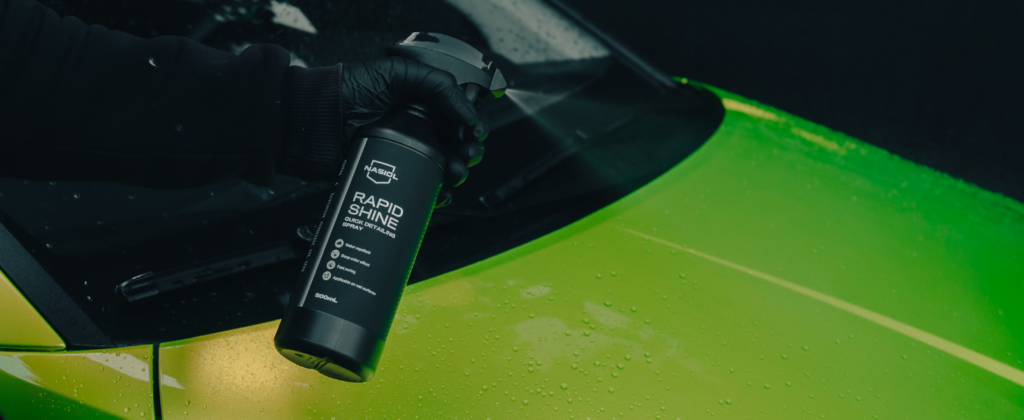
3. Water Spot Prevention
Even high-performance ceramic coatings remain water-repellent, but improper drying or washing with hard water can lead to water spots. If you live in an area with hard water, always dry your car after washing and consider using a deionized water system for rinsing. To prevent this issue, here are some key strategies:
- Drying Immediately: Always dry your car promptly after washing. Use soft, high-quality microfiber towels to absorb moisture without scratching the surface.
- Hard Water Awareness: If you live in an area with hard water, be particularly vigilant. Hard water contains minerals that can leave unsightly spots as they dry.
- Use Deionized Water: Consider investing in a deionized water system for rinsing. Deionized water is free from minerals, reducing the likelihood of water spots forming on your vehicle.
- Spot Check: After drying, inspect your car for any remaining water spots. If you find any, use a dedicated water spot remover or a quick detailing spray to eliminate them before they can etch the coating.
4. Removing Contaminants: Bird Droppings, Tree Sap, and Road Grime
While Nasiol ceramic coatings provide excellent resistance to acidic chemicals, certain contaminants like bird droppings, bug splatter, and tree sap can still adhere to the surface. If not addressed promptly, these residues can damage the coating. Here’s how to safely remove them:
- Act Quickly: Address contaminants as soon as possible. The longer they sit, the more likely they are to bond with the coating, making removal more difficult.
- Gentle Removal: When dealing with stubborn residues, use gentle pressure. Avoid scrubbing, as this can wear down the ceramic layer.
- Specialized Cleaning Products: Choose products specifically formulated to neutralize and safely remove these contaminants. Look for pH-balanced cleaners or dedicated bug and tar removers that won’t damage the coating.
- Soak and Wipe: For tough spots, apply the cleaning product and allow it to sit for a few moments to break down the residue. Then, gently wipe it away with a soft microfiber cloth.
- Thorough Rinse: After removing contaminants, rinse the area with clean water to ensure that no cleaning product remains on the surface, which could cause further issues.
5. Regular Decontamination with Iron Removers and Clay Bars
Over time, contaminants like brake dust and iron particles can embed themselves in the surface of your vehicle, making regular washing insufficient. To maintain the smoothness and effectiveness of your ceramic coating, consider the following decontamination methods:
Clay Bar Treatment: After using an iron remover, employing a clay bar can further enhance the surface’s smoothness. A clay bar effectively captures and removes embedded debris that washing alone might miss. To use a clay bar, spray a lubricant onto the surface and gently glide the clay back and forth. Rinse the area afterward to remove any residue.
Iron Removers: Use a dedicated iron remover periodically to break down and lift embedded contaminants from the surface. These products are formulated to dissolve iron particles without harming your ceramic coating. Follow the manufacturer’s instructions for application, typically allowing the product to dwell for a few minutes before rinsing thoroughly.
6. Coating Check-Up: When You Need to Refresh
Even the toughest ceramic coatings can deteriorate over time. Watch for these signs that your coating may need refreshing:
- Water no longer beads or sheets off the surface as effectively.
- The gloss and shine appear diminished.
- Increased dirt adhesion and difficulty cleaning.
If you notice these symptoms, consider applying a booster like Nasiol’s MetalCoat F2. This product enhances hydrophobicity and provides extra UV protection, restoring the glossy finish. For severely deteriorated coatings, a full reapplication may be necessary. Prepare the surface with a suitable polishing compound before re-coating.
CONCLUSION
Maintaining a ceramic coating like Nasiol’s requires attention and care, but the benefits—protection, gloss, and longevity—are well worth the effort. By following these guidelines, you can ensure your car remains in pristine condition, showcasing the full advantages of this cutting-edge technology. With proper care, your ceramic coating will continue to shine, offering the ultimate protection for your vehicle.
